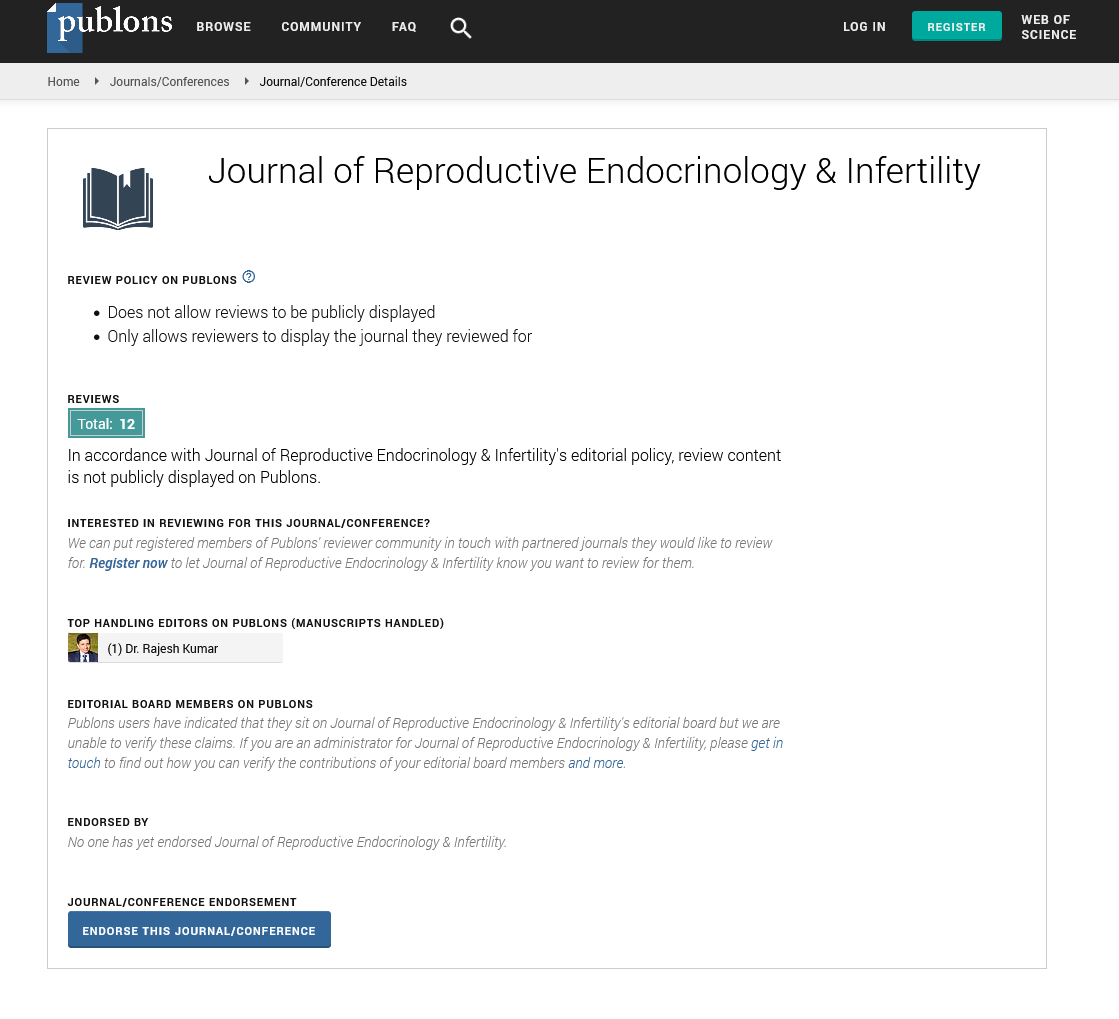Abstract
An Appraisal of the Assisted Reproductive Technologies that Contributed to Current Infertility Treatment
Beginning in the early 1970s, work utilizing assisted reproductive technology (ART) to treat human infertility intensified. The credit goes to Robert Edwards and Patrick Steptoe for successfully integrating ART in human reproduction, which, in 1978, yielded the birth of the world’s first so-called “test-tube baby” Louise Brown. In fact, Edwards’ work with ART earned him the Nobel Prize in 2010. The specific form of ART that allowed Lesley Brown, the mother of Louise Brown, to conceive was termed in vitro fertilization (IVF). This medical breakthrough received so much media attention that IVF quickly became a lay term. The initial unsatisfactory outcome of IVF compelled the ART pioneers to refine the culture media and stimulation medications. Over time, IVF was perfected and led to the development of new technologies. To accommodate all the emerging reproductive techniques under one umbrella, the medical literature started collectively referring to them as assisted reproductive technologies (ART). However, IVF remained the nucleus of ART. Between 1978 and 2016, ART has undergone many new developments, and ART-based infertility treatment has become a broader and stronger discipline within this incredibly short time span [1,2].
Author(s):
Amjad Hossain
Abstract | Full-Text | PDF
Share this

Google scholar citation report
Citations : 43
Journal of Reproductive Endocrinology & Infertility peer review process verified at publons
Abstracted/Indexed in
- Google Scholar
- Sherpa Romeo
- China National Knowledge Infrastructure (CNKI)
- Publons
- International Committee of Medical Journal Editors (ICMJE)
- Secret Search Engine Labs
Open Access Journals
- Aquaculture & Veterinary Science
- Chemistry & Chemical Sciences
- Clinical Sciences
- Engineering
- General Science
- Genetics & Molecular Biology
- Health Care & Nursing
- Immunology & Microbiology
- Materials Science
- Mathematics & Physics
- Medical Sciences
- Neurology & Psychiatry
- Oncology & Cancer Science
- Pharmaceutical Sciences


